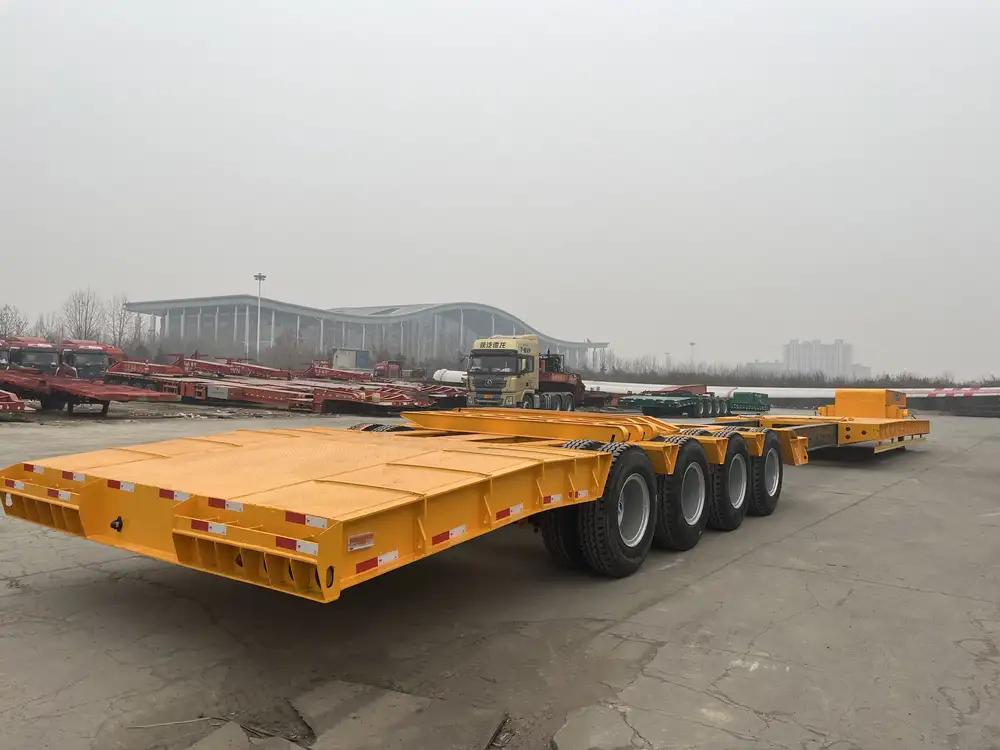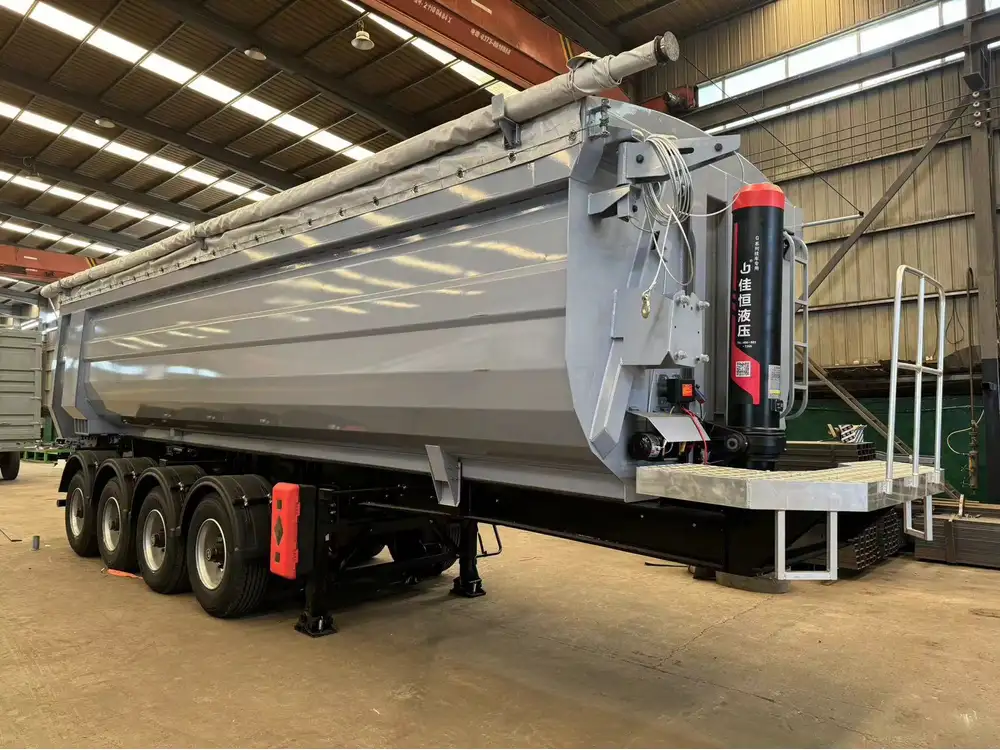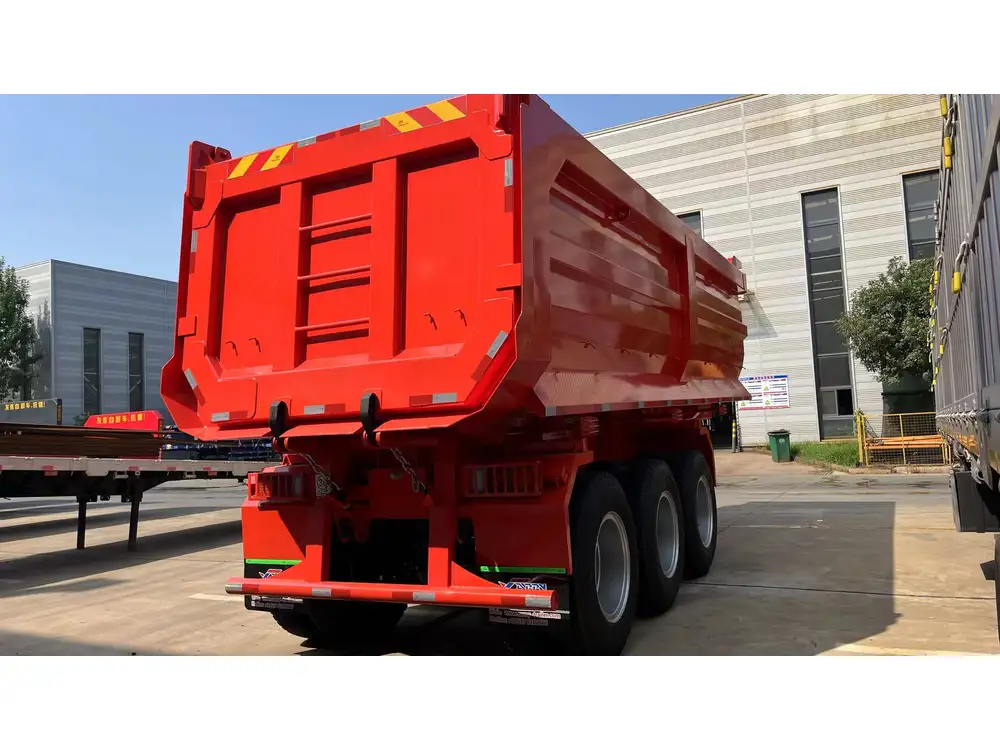When it comes to hauling cargo on a flatbed trailer, securing your load is paramount. Tie straps, often referred to as tie-downs, are essential tools in ensuring that your cargo remains stable during transit. However, questions frequently arise regarding the proper use of these straps. A common point of curiosity involves whether tie straps can be twisted when securing loads. This article provides an in-depth exploration of this issue, alongside best practices for using tie straps effectively.
Understanding Tie Straps: An Overview
Tie straps, designed specifically for securing loads on a flatbed trailer, come in various materials, lengths, and weight ratings. Typically constructed from durable nylon or polyester webbing, they are equipped with hooks, ratchets, or cam buckles that facilitate tightening.
| Types of Tie Straps | Type | Features | Ideal Use Cases |
|---|---|---|---|
| Ratchet Straps | Feature a ratchet mechanism for securing tight. | Heavy and bulky loads. | |
| Cam Buckle Straps | Utilize a cam buckle for quick adjustments and tension. | Lighter, less demanding cargo. | |
| Endless Straps | Provide versatility for various anchor points. | Customizable for unique loads. |
The Importance of Proper Strap Use
Correctly securing cargo with tie straps is not just a matter of convenience; it is a legal obligation regulated by transportation authorities. Inadequately secured loads can shift during transit, posing significant risks not only to the driver but also to other road users.

Risks of Improper Tie Strap Usage
- Cargo Shifting: Can lead to cargo damage or complete loss during transit.
- Legality: Fines and penalties for unsecured loads can be significant.
- Safety Hazards: Loose cargo can fall off and cause serious accidents.
Can Tie Straps Be Twisted? An Analysis
The question hinges on the mechanics of tie strap function and the physics involved in load security. While some users may twist their straps to achieve a certain angle or fit, this technique can inadvertently compromise the effectiveness and safety of the tie-down.
The Mechanics of Twisting Tie Straps
- Strap Design: Tie straps are engineered to distribute force in a specific direction. Twisting alters this distribution.
- Additional Friction: Twisting increases the friction points, which can lead to wear and tear on the strap more quickly.
- Load Security: Twisted straps may not provide a consistent tension, which could result in the load becoming loose during transport.

Expert Opinions
Transport safety experts advocate against twisting tie straps. Industry best practices suggest that proper alignment of the strap maximizes its capacity and effectiveness. In situations where a strap must be reconfigured, it is recommended to use longer straps instead of twisting, ensuring a secure configuration that maintains optimal tension.
Best Practices for Using Tie Straps
Navigating the complexities of tie strap usage is essential for effective and safe cargo management. Here are some best practices to keep in mind:
1. Choose the Right Strap
Selecting a strap with the appropriate weight rating is vital for ensuring that it can support the weight of the cargo without risk of failure.

2. Inspect Before Use
Always check straps for any signs of wear, fraying, or defects before each use. A compromised strap can lead to failure and potentially disastrous consequences.
3. Avoid Twisting
Whenever possible, do not twist tie straps. Instead, position them flat and aligned with the cargo to maintain even tension and avoid undue stress on the material.
4. Use Anchor Points Wisely
Utilizing all available anchor points on your flatbed trailer can enhance the security of your load. Ensure straps are affixed at optimal angles aligning with the direction of the cargo.

5. Maintain Equal Tension
Ensuring equal tension across all straps keeps your cargo stable. Use a ratchet mechanism where necessary to achieve the required tension.
6. Regular Maintenance
Conduct routine inspections of both your trailer and tie straps. Replace any worn or damaged components immediately to uphold safety standards.
Comparing Tie Strap Options: Performance and Safety
In evaluating different types of tie straps, let us delve deeper into a comparative analysis that encompasses performance metrics, safety ratings, and user feedback.
| Type | Performance Score (1-10) | Safety Rating | User Feedback |
|---|---|---|---|
| Ratchet Straps | 9 | Very High | Highly secure for heavy loads. |
| Cam Buckle Straps | 7 | Moderate | Quick to use but less suitable for heavy items. |
| Endless Straps | 8 | High | Versatile but requires more skill to secure properly. |

Choosing the Right Tie Strap: Key Considerations
- Load Weight: Assess the weight of your cargo before selecting the strap type.
- Environmental Conditions: Consider factors such as weather and road conditions, which can affect strap integrity.
- Accessibility: Choose a strap type that is easy to use for your particular setup.
Frequently Asked Questions (FAQs)
What is the maximum load weight for tie straps?
Each tie strap comes with a specified working load limit (WLL) indicated by the manufacturer. It is crucial to consult this rating to determine how much weight each strap can safely handle.

How can I determine if my tie straps are too worn for use?
Look for frays, cuts, discoloration, or any signs of stretching beyond their normal capacity. A worn strap should not be used, as its strength significantly decreases.
Should I use additional safety measures when securing very bulky loads?
For oversized or irregularly shaped cargo, consider utilizing additional safety equipment, such as corner protectors and edge protectors, which can provide extra assurance against shifting or damage.
Conclusion: Safety First with Tie Straps
In conclusion, while the question of whether tie straps for a flatbed trailer can be twisted offers an interesting discussion point, the answer leans toward a definitive no for optimal safety and performance. By adhering to best practices and understanding the implications of strap integrity, you can ensure not only regulatory compliance but also the protection of your cargo and fellow road users.
Maintaining a proactive approach towards the use of tie straps, including regular inspections and choosing the right equipment based on performance metrics, stands at the forefront of effective cargo management. As we navigate the complexities of securing loads, remember: safety is not merely a guideline—it’s an imperative.



